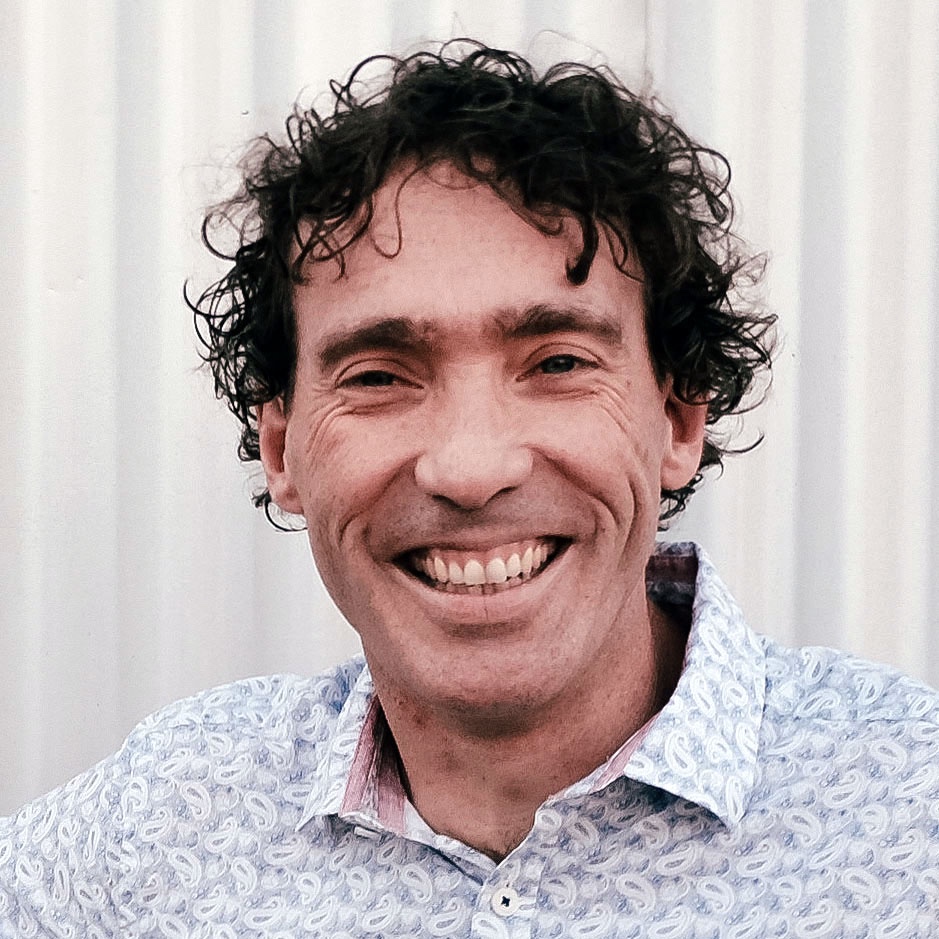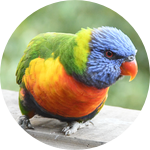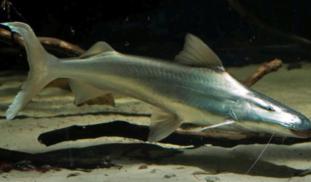Please wait...
About This Project
Amazonian catfish make the longest freshwater migration in the world (5,000km). Dams being built could block this migration before we can even understand it completely. Similarly, largetooth sawfish make upriver movements from the Atlantic ocean but we do not know why. We have published one paper using isotopic tracers from fish earbones to reconstruct details of catfish migration and propose to expand our work and to include sawfish, another endangered megafish, in our isotopic migration study.

Browse Other Projects on Experiment
Related Projects
Using eDNA to examine protected California species in streams at Hastings Reserve
Hastings Reserve is home to three streams that provide critical habitat for sensitive native species. Through...
City smart: Are cities making birds smarter?
One cannot go to Florida and miss the White Ibises roaming golf, park and private lawns. But how does a...
How do polar bears stay healthy on the world's worst diet?
Polar bears survive almost entirely on seal fat. Yet unlike humans who eat high-fat diets, polar bears never...




